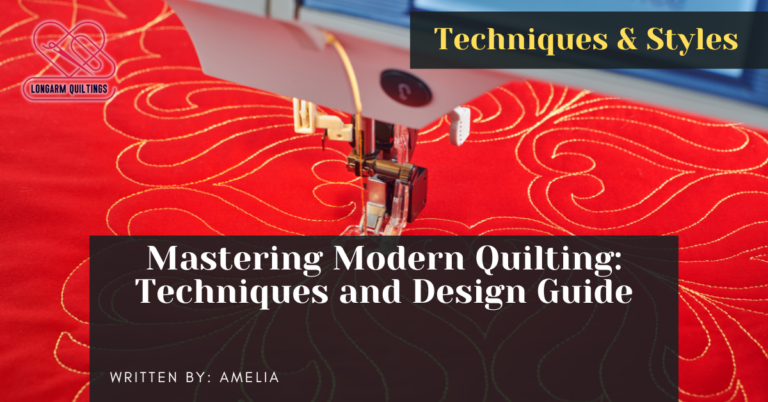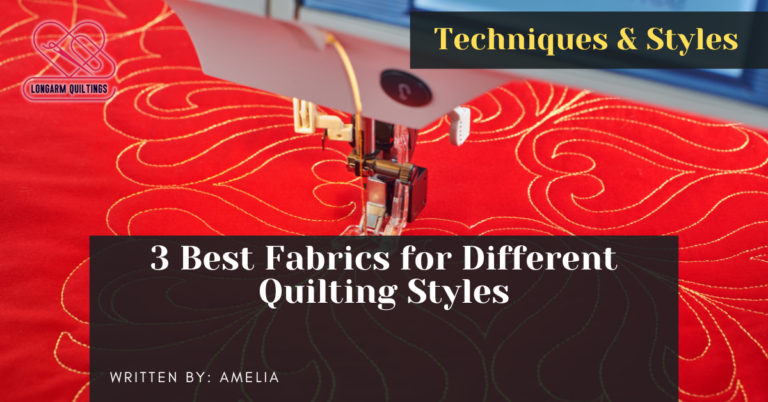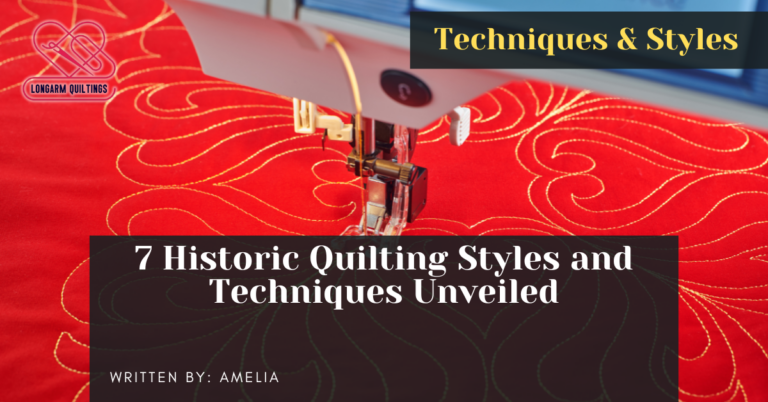Imagine starting a quilt is like embarking on a journey. Just as a traveler carefully plans their route and prepares their essentials, a quilter must choose the right tools and techniques to navigate the world of quilting.
But what if you could simplify this journey? What if you could find a path that welcomes beginners with open arms, guiding them through the intricate yet rewarding art of quilting?
Stay tuned to discover how you can ease into the world of quilting with beginner-friendly techniques and styles that will ignite your creativity and passion for this timeless craft.
Essential Tools for Beginner Quilters
To kickstart your quilting journey, ensure you have the essential tools for beginner quilters on hand. Understanding quilting terminology is crucial for following patterns and instructions accurately. Mistakes can happen, but with the right tools, you can minimize them.
A rotary cutter is a must-have tool for precise fabric cutting. Pair it with a cutting mat to protect your work surface. Quilting rulers help in measuring and cutting fabric strips with precision, reducing errors in piecing. High-quality quilting pins securely hold fabric layers together while sewing, preventing shifting. Thimble usage is vital to protect your fingers during hand quilting, ensuring a comfortable experience.
Seam ripper comes in handy when mistakes occur, allowing you to correct errors without damaging the fabric. A reliable sewing machine designed for quilting can save you time and effort, making the piecing process more efficient. With these essential tools in your quilting arsenal, you're ready to embark on your quilting journey with confidence.
Understanding Basic Quilting Techniques
Now that you have equipped yourself with the necessary tools, let's explore the foundational techniques that will set you on the path to mastering quilting.
- Quilting Terminology: Familiarize yourself with key terms like blocks, sashing, binding, and batting. Understanding these terms will help you follow patterns and instructions effectively.
- Basic Quilting Stitches: Practice essential stitches such as running stitch, backstitch, and whipstitch. Each of these stitches serves a different purpose in quilting, from piecing blocks together to attaching the binding.
- Seam Allowances: Learn about the standard seam allowance in quilting, usually a quarter of an inch. Consistent seam allowances ensure that your pieces fit together accurately, resulting in a polished final quilt top.
Exploring Simple Patchwork Designs
Explore the endless possibilities of simple patchwork designs as you delve into the world of quilting creativity. When it comes to simple patchwork, color coordination is key. Select a harmonious color palette to create a cohesive look or experiment with contrasting colors for a bold statement. Remember, the beauty of patchwork is in its versatility, so don't be afraid to mix and match different shades and tones.
One of the great advantages of simple patchwork designs is scrap utilization. Gather those fabric scraps you've been saving and turn them into beautiful quilt blocks. Mixing various prints and textures adds depth and visual interest to your quilt. Embrace the imperfections and uniqueness that scraps bring to your project; they add character and charm.
As you work on your patchwork quilt, focus on achieving clean seams and precise measurements. Take your time to press each seam for a polished finish. Enjoy the process of piecing together different fabrics to create a stunning quilt that reflects your style and creativity.
Beginner-Friendly Quilting Patterns
Beginner quilters can kickstart their journey with easy-to-follow quilting patterns that provide a solid foundation for honing essential skills. When starting out, simplicity is key to build confidence and expertise.
Here are three essential elements to consider when exploring beginner-friendly quilting patterns:
- Quilting Blocks: Begin with basic quilting blocks like the classic nine-patch or simple four-patch designs. These blocks are great for mastering precise cutting, piecing, and pressing techniques while creating visually appealing patterns.
- Quilting Templates: Utilize quilting templates to ensure accuracy and consistency in your quilt blocks. Templates help you cut fabric pieces to the exact size and shape required for different quilt patterns, making the assembly process smoother and more professional-looking.
- Easy-to-Follow Patterns: Look for beginner-friendly quilt patterns that come with detailed instructions and diagrams. These patterns often include step-by-step guidance on block construction, layout ideas, and finishing touches, making it easier for novices to create beautiful quilts.
Choosing Fabrics for Your Quilt
To create a visually stunning and cohesive quilt, carefully selecting the right fabrics is crucial. When it comes to fabric selection, consider color schemes that complement each other. You can choose a monochromatic palette for a harmonious look or opt for complementary colors for a vibrant contrast. Mixing prints can add depth and interest to your quilt. Experiment with different scales of prints, from small florals to large geometrics, to create visual intrigue.
Textures also play a significant role in fabric choices. Mixing textures like cotton, linen, and flannel can add dimension to your quilt. Additionally, consider the weight of the fabrics you choose. Lighter fabrics are great for creating a soft and airy feel, while heavier fabrics can add warmth and coziness to your quilt.
Frequently Asked Questions
Can Quilting Be a Sustainable Hobby, and What Are Some Eco-Friendly Practices Beginner Quilters Can Incorporate Into Their Projects?
Quilting can absolutely be a sustainable hobby! To make it eco-friendly, consider upcycling fabric and using sustainable practices like repurposing old clothes or thrifted materials. It's a rewarding way to create beautiful quilts while helping the environment.
How Can Beginner Quilters Adapt Traditional Quilting Patterns to Create More Modern or Contemporary Quilts?
To adapt traditional quilting patterns for modern quilts, start by selecting classic designs like Log Cabin or Nine Patch. Experiment with bold colors or asymmetric layouts for a contemporary twist. Embrace creativity and make each quilt uniquely yours.
Are There Any Tips for Effectively Organizing and Storing Quilting Supplies in a Small Space?
Maximizing storage in a small space is key to keeping your quilting supplies organized. Utilize vertical storage solutions like shelves, pegboards, and clear bins. Keep similar items together and label everything for easy access. Stay organized and enjoy quilting!
What Are Some Creative Ways to Personalize a Quilt and Make It Truly Unique?
To make your quilt truly unique, consider adding personalized embellishments like initials or dates. Experiment with custom color schemes to reflect your style. These creative touches will infuse your quilt with personality and meaning. Have fun exploring!
How Can Beginner Quilters Connect With and Learn From More Experienced Quilters in Their Community or Online?
To connect with experienced quilters, attend local quilting guilds and community events. Seek out quilting workshops for hands-on learning. Online tutorials offer a wealth of knowledge. Embrace these opportunities to grow your skills and network with fellow quilters.
Conclusion
In conclusion, quilting is a rewarding and creative hobby that anyone can enjoy. By mastering basic techniques, exploring simple designs, and choosing the right fabrics, you can create beautiful quilts that showcase your personality and style.
Remember to practice patience and have fun with your quilting journey. With dedication and a willingness to learn, you'll soon be on your way to becoming a skilled quilter.
So grab your tools and start quilting today!






